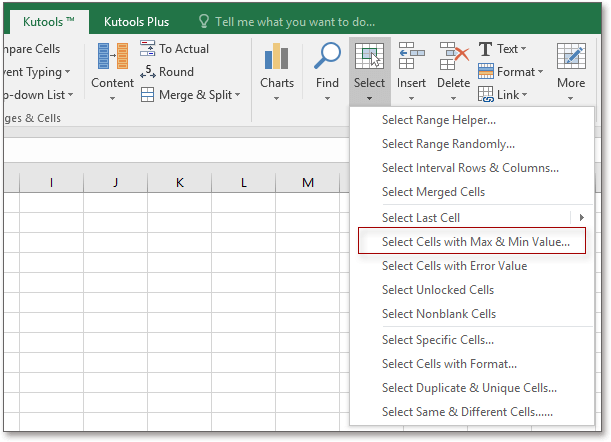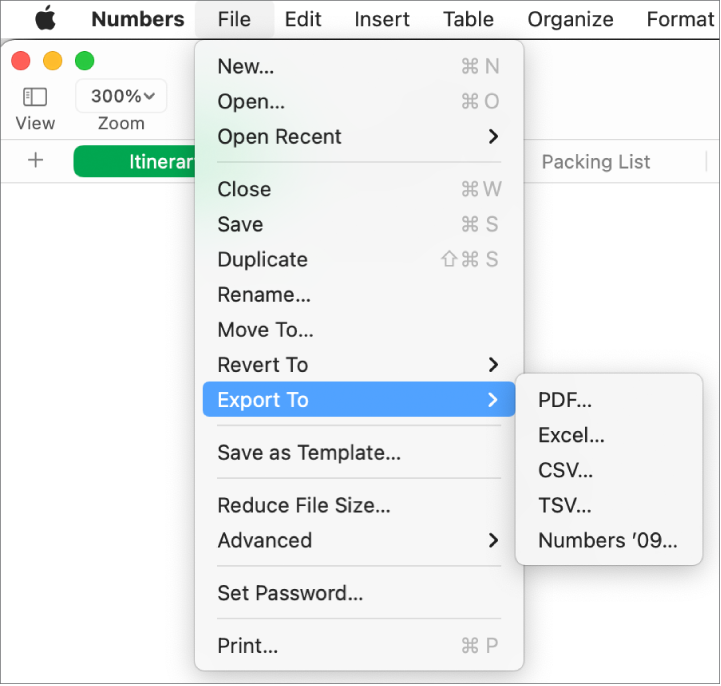
Under the Home tab, select ‘Format’ (from the Cells group). Set the column width for the selected cells.If there are a lot of cells that you need to select, click on the cell at the top left corner of your required selection, then pressing down on the SHIFT key, click on the cell at the bottom right corner of your required selection. Drag and select all your required cells.If you want to resize only selected cells, do the following: Setting the Column Width and Row Height of Selected Cells to a Specific Size You will get all your cells uniformly adjusted to your required size. Enter the size to which you want to set all the rows. Right-click on any row, select ‘ Row Height’ from the popup menu. Enter the size to which you want to set all the columns. Select ‘ Column Width’ from the popup menu. Set the Column width for all the cells.Click on the ‘ Select All’ button on the top-left of the Excel window.If you want to resize your entire worksheet, do the following: Giving these cell sizes some uniformity though is quite easy. In the end, what you get is a hodgepodge of cells of varying heights and widths. However, as you work on these cells, the heights and widths of the cells keep expanding to accommodate the contents of your cells. The default row height is 15 and the default column width is 8.43.

When you open a fresh Excel worksheet, you will always find the cells to be of a specific width and height by default.

Setting the Column Width and Row Height of All Cells to a Specific Size

Changing the Column Width and Row Height to Auto-fit the Contents.Applying the Same Column Width and Row Height by Using a Mouse.Setting the Column Width and Row Height of Selected Cells to a Specific Size.Setting the Column Width and Row Height of All Cells to a Specific Size.


 0 kommentar(er)
0 kommentar(er)
